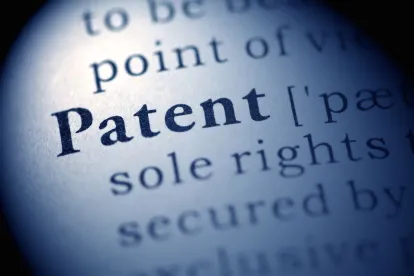Exercising its discretion under 35 U.S.C. § 314(a), the Patent Trial & Appeal Board (Board) denied institution of two inter partes reviews (IPRs) based on its understanding of its own precedential 2017 decision in Gen. Plastic Indus. Co. v. Canon Kabushiki Kaisha. US Patent & Trademark Office Director Kathi Vidal subsequently reversed the Board’s ruling in a precedential sua sponte decision clarifying how to apply the seven factors set forth in General Plastic. Code200, UAB v. Bright Data, Ltd., IPR2022-00861; -00862, Paper 18 (PTAB Aug. 23, 2022) (Vidal, Dir. of PTO).
In General Plastic, the Board addressed the practice of filing seriatim petitions attacking the same patent, where each petition raises a new ground for invalidity. The Board considers the General Plastic factors when determining whether to deny IPR institution to ensure efficient post-grant review procedures and prevent inequity. The seven factors are as follows:
-
Whether the same petitioner previously filed a petition directed to the same claims of the same patent
-
Whether at the time of filing of the first petition the petitioner knew of the prior art asserted in the second petition or should have known of it
-
Whether at the time of filing of the second petition the petitioner had already received the patent owner’s preliminary response to the first petition or had received the Board’s decision on whether to institute review in the first petition
-
The length of time that elapsed between the time the petitioner learned of the prior art asserted in the second petition and the filing of the second petition
-
Whether the petitioner provided adequate explanation for the time elapsed between the filings of multiple petitions directed to the same claims of the same patent
-
The finite resources of the Board
-
The requirement under 35 U.S.C. § 316(a)(11) to issue a final determination no later than one year after the date on which the PTO Director notices institution of review.
In denying institution in this case, the Board explained that the petitioner’s failure to stipulate that it would not pursue the same grounds in district court “weigh[ed] strongly in favor of exercising discretion to deny institution and outweigh[ed] the fact that the Board did not substantively address the merits of the prior petition.” Director Vidal disagreed, reasoning that when a first petition is not decided on its merits, a follow-on petition affords a petitioner the opportunity to receive substantive consideration. Director Vidal further explained that factor 1 “must be read in conjunction with factors 2 and 3.” Application of factor 1 in a vacuum strips context from a petitioner’s challenges and creates an inappropriate bright-line rule for denying institution.
Proper application of the General Plastic factors requires consideration of the potential for abuse by a petitioner. Director Vidal noted the problem of “roadmapping” raised in General Plastic (i.e., using one or more Board decisions to create a roadmap for follow-on filings until the petitioner finds a ground that results in institution). A denial decision based solely on the fact that two petitions have been filed against the same patent claims does not take into consideration whether the petitions were filed in an attempt to misuse the post-grant system. Indeed, the petitions filed here raised “substantially overlapping” challenges to patentability.
Director Vidal agreed with the Board’s findings that factors 2, 4, 5 and 7 had “limited relevance” to the present dispute, and that factor 6 was “outweighed by the Board’s mission to improve patent quality.” Since the Board had failed to properly apply factors 1–3, Director Vidal vacated the Board’s decision denying institution and remanded the cases for further proceedings.
Practice Note: In creating a strategy for IPR petitions, especially where word count limitations create the need for multiple petitions, practitioners should ensure that the petitions and the timing of their filing do not raise the specter of “roadmapping” related to factor 3 or other fairness concerns related to factor 2.



 />i
/>i
